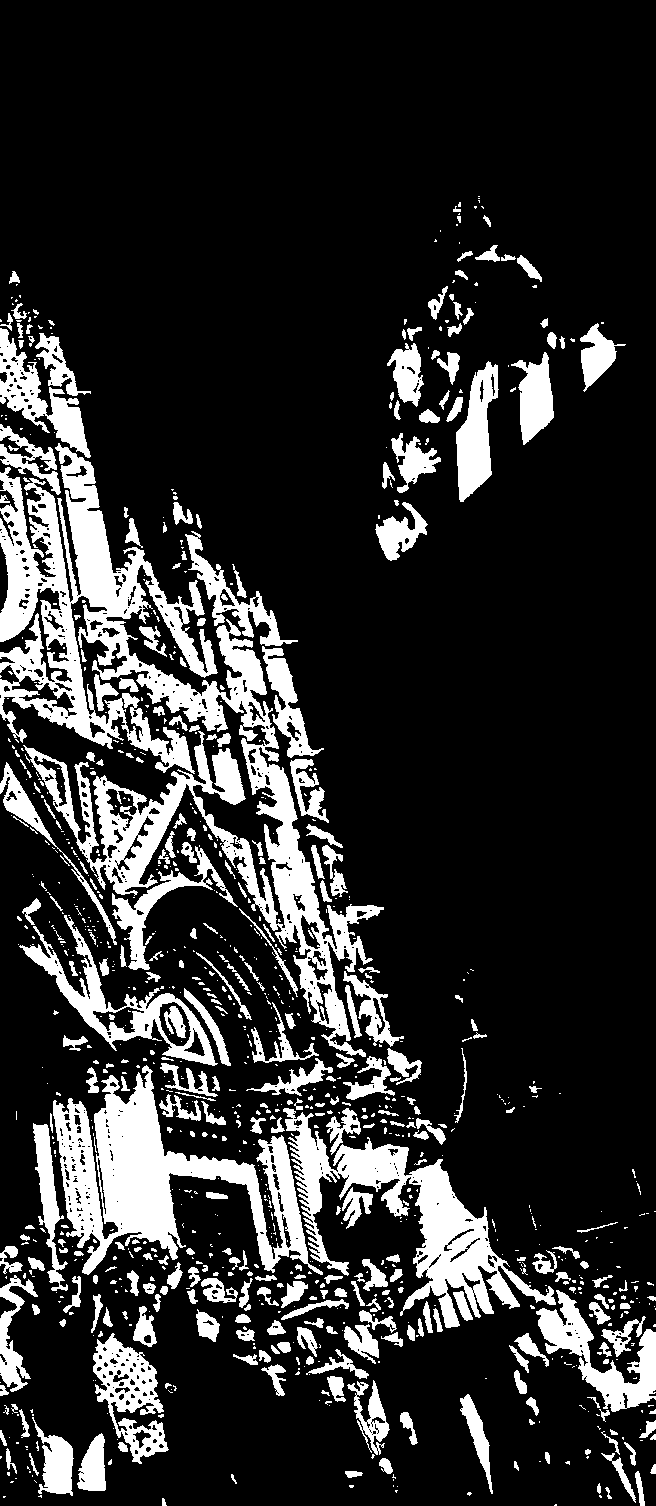MICHAEL FREEMAN _
THE PHOTOGRAPHERS ! MIND
Creative thinking for better digital photos
AMSTERDAM BOSTON HEIDELBERG LONDON NEW YORK OXFORD PARIS SAN DIEGO SAN FRANCISCO SINGAPORE SYDNEY TOKYO
Focal
Press
ELSEVIER
Focal Press is an imprint of Elsevier
Focal Press is an imprint of Elsevier
30 Corporate Drive, Suite 400, Burlington, MA 01803, USA
Linacre House, Jordan Hill, Oxford OX2 8DP, UK
Copyright 2011 The Ilex Press Ltd.All Rights Reserved
No part of this publication may be reproduced, stored in a retrieval system, or transmitted in any form or by any means, electronic, mechanical, photocopying, recording, or otherwise, without the prior written permission of the publisher.
Permissions may be sought directly from Elseviers Science & Technology Rights Department in Oxford, UK: phone: (+44) 1865 843830,fax: (+44) 1865 853333, E-mail: ), by selecting Support & Contact then Copyright and Permission and then Obtaining Permissions.
Library of Congress Cataloging-in-Publication Data:
A catalog record for this book is available from the Library of Congress.
ISBN 978-0-240-81517-6
For information on all Focal Press publications visit our website at www.focalpress.com
This book was conceived, designed, and produced by:
The Ilex Press, 210 High Street, Lewes, BN7 2NS, UK
Publisher: Alastair Campbell
Creative Director: Peter Bridgewater
Associate Publisher: Adam Juniper
Managing Editor: Chris Gatcum, Natalia Price-Cabrera
Senior Designer: James Hollywell
Designer: Simon Goggin
Color Origination: Ivy Press Reprographics
Index: Indexing Specialists (UK) Ltd.
Printed and bound in China
10987654321
Working together to grow libraries in developing countries
www.elsevier.com | www.bookaid.org | www.sabre.org
ELSEVIER Sabre Foundation
1 1 | CONTENTS |
| CHAPTER 1: INTENT |
| Layers of subject |
| Looking good |
| Different beauty |
| Dead monsters |
| Cliche and irony |
| Lifting the mundane |
| The reveal |
| CHAPTER 2: STYLE |
| The range of expression |
| Classical balance |
| Harmonics |
| Leading the eye |
| Opposition |
| Low graphic style |
| Minimalism |
| High graphic style |
| Engineered disorder |
| CHAPTER 3: PROCESS |
| Image templates |
| Interactive composition |
| Time and motion |
| The look |
| Hyper-realistic |
| Enriched |
| Drained |
| Luminous |
| Index |
| | Acknowledgments, Picture Credits & Bibliography |
INTRODUCTION: DEMOCRATIC PHOTOGRAPHY
Its all automatic. All I have to do is press the button. Its a camera that every amateur buys. [pause, points to his head] Its all in there. helmut newton
A tradition has grown up in photography that serious comment and writing is aimed at a detached audiencepeople who are not expected to go out and attempt anything similar for themselves. When Susan Sontag wrote On Photography, I dont think she was expecting her readers to enter the fray themselves by taking photographs. She begins with the assumption that readers will be looking at already-taken photographs: ...being educated by photographs... anthology of images...To collect photographs is to collect the world" When she discusses photography by ordinary people, it is as a social phenomenon: ...photography is not practiced by most people as an art. It is mainly a social rite... This is part of the wider tradition of art commentary and criticism. Critics and art historians like John Ruskin, Bernard Berenson and Clement Greenberg were not catering for would-be painters. And yet, understandable though this may be for most arts, photography is different. I might say recently different, because the combination of digital and broadband, coupled with a change in the status and purpose of art, has ushered in the era of democratic photography. The audience for photography takes photographs itself! Ouch. Artists are rarely comfortable with that kind of thing, but thats the way it has evolved, and I think its good timing to bring together the reading of photographs with the taking of photographs.
Moreover, commentary on the arts has not always been detached. When Cicero wrote On Invention in the first century BC, and the Greek philosopher Dionysius Longinus later wrote his treatise on poetry and rhetoric On the Sublime, they were giving practical instruction. The arts of
speaking and writing were certainly considered to be entered into by everyone with education. Well, now we have a world of photography in which millions of people are engaged, and a significant number are using it for creative expression. Learning how better to read a photograph can, and probably should, lead to taking better photographs. At any rate, that is my premise here.
The million-dollar question, of course, is what makes a good photograph? Its the question Im asked the most often at talks and in interviews. And its famously elusive. I could have said well composed or any of a number of more specific qualities, but that would be limiting the scope. If we step back for an overview, it is not actually that difficult to list the qualities of good imagery. I make it six. You might want to add a few, but Ill maintain that they would work as subsets of these. Not all good photographs fulfill all of the following, but most do:
1. Understands what generally satisfies. Even if an image flouts technical and esthetic basics, it really does need to be in the context of knowing these.
2. Stimulates and provokes. If a photograph does not excite or catch interest, then it is merely competent, no more.
3. Is multi-layered. An image that works on more than one level, such as surface graphics plus deeper meaning, works better. As viewers, we like to discover.
4. Fits the cultural context. Photography is so much a part of everyones visual diet that it is by nature contemporary. Most people like it that way, dealing with the here and now.
5. Contains an idea. Any work of art has some depth of thought that went into it. An image



















